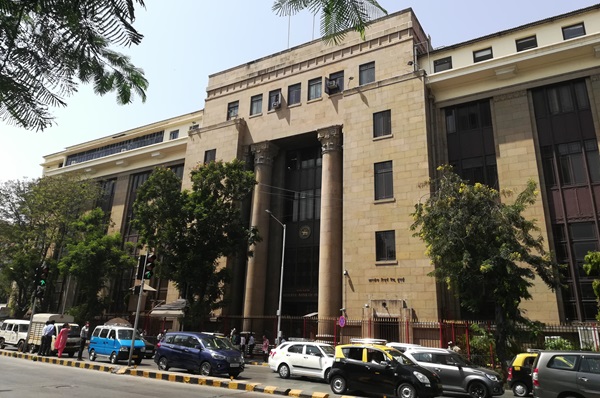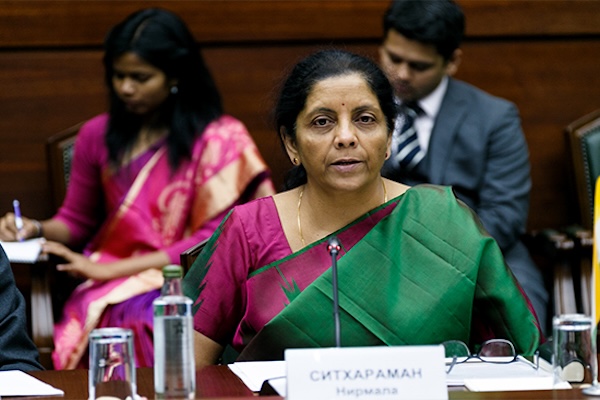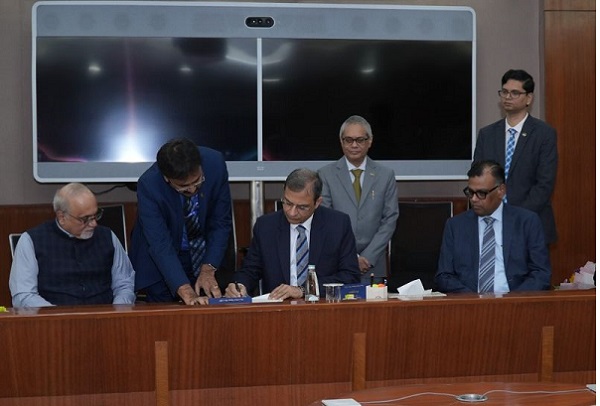.png)

Mahalingam, a financial regulator with 34 years at RBI oversaw market operations. Later shaped key policies at SEBI as a Whole-time Member.
March 18, 2025 at 6:56 AM IST
The Reserve Bank of India stands at a critical inflection point. Over the past year, its liquidity management has introduced avoidable volatility in financial markets, leaving banks uncertain, credit transmission impaired, and economic expansion vulnerable. While the central bank has remained laser-focused on inflation control, its unwillingness to replenish liquidity drained through forex interventions and government cash balances has aggravated market instability.
Now, with inflation well within tolerable limits and global growth risks escalating, the RBI has an opportune moment to recalibrate its approach before economic momentum weakens. The recent forex swap operations and open market purchases provided welcome relief, but these must not remain isolated interventions. A more responsive liquidity framework—one that dynamically offsets the liquidity impact of forex interventions and fiscal outflows—would have prevented the recent disruptions. Instead, the RBI has allowed liquidity to tighten unpredictably, forcing banks into short-term funding stress and slowing credit expansion at precisely the wrong moment.
Volatile Liquidity
Over the past several months, interbank liquidity has swung wildly. At times, banks have been flush with funds, only to face acute shortages soon after. This turbulence stems from multiple sources, but the RBI’s approach to liquidity has been the primary destabilising factor.
First, forex interventions have drained systemic liquidity without adequate replenishment. The RBI has actively sold dollars to stabilise currency fluctuations, absorbing rupee liquidity in the process. Yet, it has often refrained from compensating for this liquidity drain, forcing banks into unnecessary distress. This policy inconsistency raises fundamental questions about the central bank’s broader strategic intent. The RBI, perhaps, wanted to control inflation by not replenishing the liquidity drained by its foreign exchange operations, but one cannot be sure why.
Second, government cash balances have swung erratically. The RBI, as the government’s banker, manages these balances, meaning that when fiscal expenditures slow, liquidity tightens sharply. These swings—particularly around advance tax payments—have deepened financial uncertainty.
A third, often overlooked factor is the impact of large cash withdrawals. While officially unacknowledged, election periods tend to witness significant withdrawals from the banking system. Liquidity strain is also observed during festival seasons such as Diwali, when physical cash demand surges. During election cycles, the heightened demand for cash contributes to whiplashes in liquidity conditions.
Fourth, poor relays of the liquidity policy have rattled the markets, raising questions about the current liquidity framework and the instruments at play. The transition from fixed-rate overnight repos to variable-rate 14-day repos was intended to improve liquidity flexibility. Instead, it has sown confusion. Market participants have struggled to anticipate RBI’s stance, hampering liquidity planning for banks in the absence of some assured liquidity at a fixed rate.
Liquidity is not a homogenous concept. The RBI itself differentiates between frictional liquidity gaps—temporary mismatches caused by tax outflows or cash withdrawals—and structural liquidity shortfalls, which arise from broader economic trends. However, while the RBI acknowledges this distinction, its actions have lacked consistency.
Policy Recalibration
One of the most underappreciated yet significant sources of liquidity volatility is the government’s erratic cash management. The RBI cannot dictate fiscal spending schedules, but the lack of coordination results in avoidable liquidity distress.
A practical solution is to auction surplus government balances in the market, allowing idle funds to be reabsorbed into the banking system. This approach would smooth liquidity fluctuations and stabilise the interbank market.
Additionally, the government must improve its cash forecasting. Even short-term projections of 10-15 days would enable the RBI to fine-tune its liquidity interventions more effectively.
The RBI now stands at a pivotal moment to recalibrate its liquidity stance without triggering an inflation resurgence. With inflation contained and global risks looming, maintaining excessively tight liquidity serves little purpose. Other emerging market central banks have taken a more calibrated approach, ensuring that liquidity tightening does not translate into excessive financial system stress. The RBI, by contrast, has compounded domestic volatility rather than cushioning it.
Way Forward
A key failing has been the RBI’s reluctance to correct the liquidity shortfall it created through its own interventions. When liquidity is withdrawn due to policy actions, the RBI must respond with injections to restore balance. The failure to do so is where the core of the problem lies.
To align liquidity management with its evolving interest rate stance, the RBI must clearly differentiate between short-term liquidity adjustments and long-term structural liquidity management. Frictional mismatches should be addressed dynamically through short-term tools, while structural liquidity gaps should be pre-emptively managed to ensure economic stability.
The RBI’s forex intervention strategy also requires greater coherence. Open market operations and long-term forex swaps should be used in tandem to offset liquidity drained by dollar sales, preventing unnecessary stress in money markets.
Additionally, better coordination between the RBI and the government is essential. Fiscal liquidity shocks, often caused by unpredictable swings in government cash balances, can be mitigated through improved forecasting and closer collaboration. A more transparent framework for fiscal liquidity management would reduce unnecessary volatility.
On the tools front, the RBI must refine its liquidity instruments. Reintroducing longer-term fixed-rate repos would provide greater predictability, while continuing assured liquidity through fixed-rate overnight repos would help stabilise short-term rates.
Finally, the RBI must recognise liquidity’s fundamental role in sustaining GDP growth. Structural liquidity must remain stable to prevent disruptions that could weaken economic momentum. A prolonged liquidity deficit, particularly when inflation is contained, risks undermining credit growth and economic expansion.
Without urgent recalibration, the RBI risks tightening liquidity at the precise moment when financial conditions need to be eased. It must pivot decisively—prioritising policy coherence, structural liquidity stability, and enhanced coordination with fiscal authorities. Anything less will weaken India's growth trajectory just as external risks mount.
The RBI possesses the necessary instruments but must wield them decisively. With global growth slowing, India cannot afford an overly cautious liquidity stance that throttles its own expansion. A recalibrated approach is imperative.




